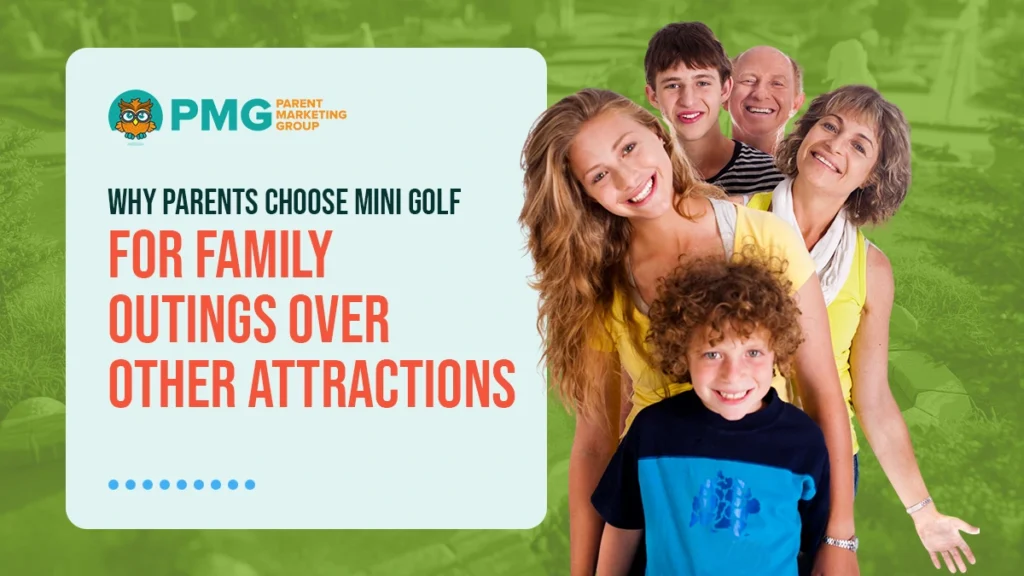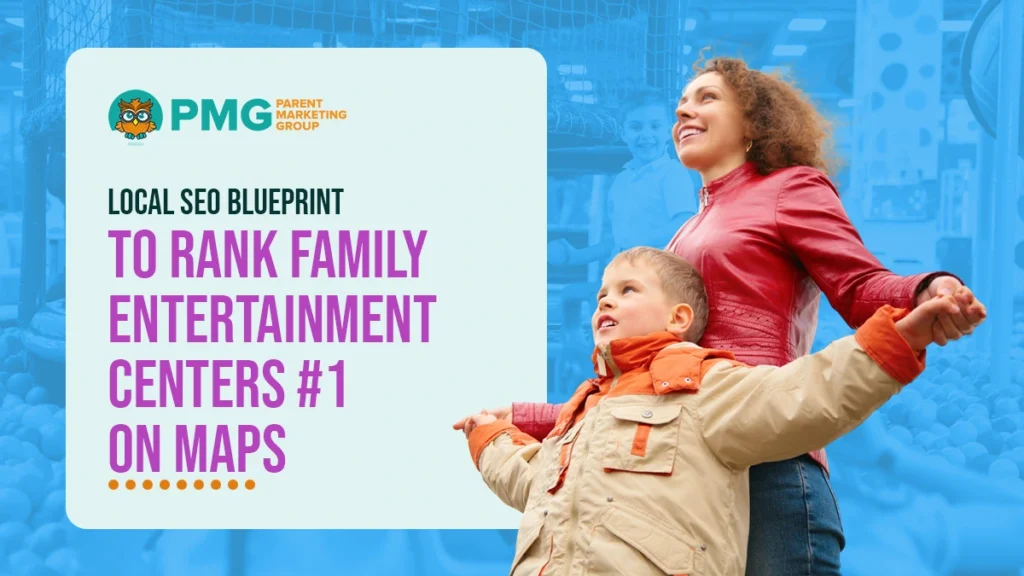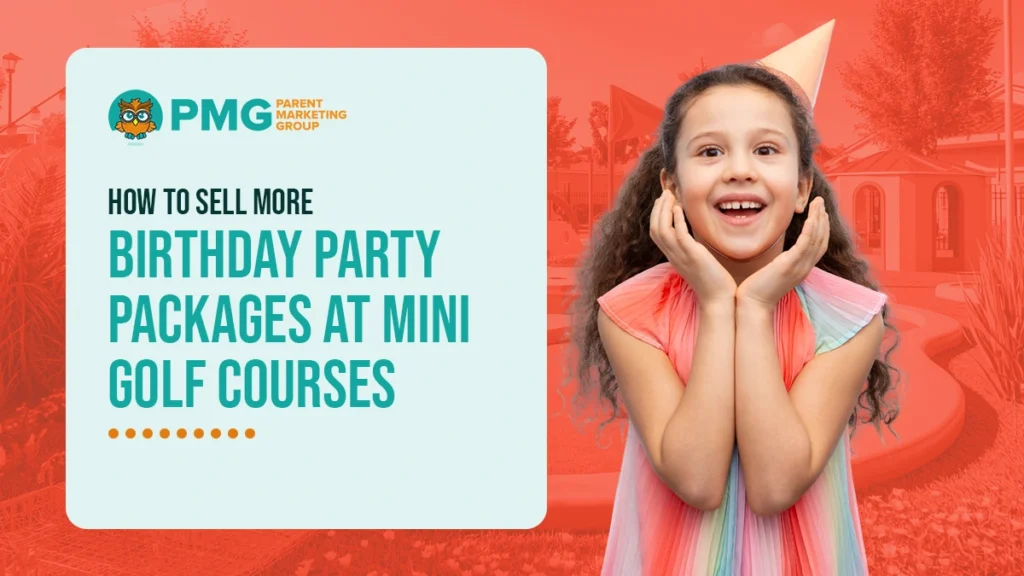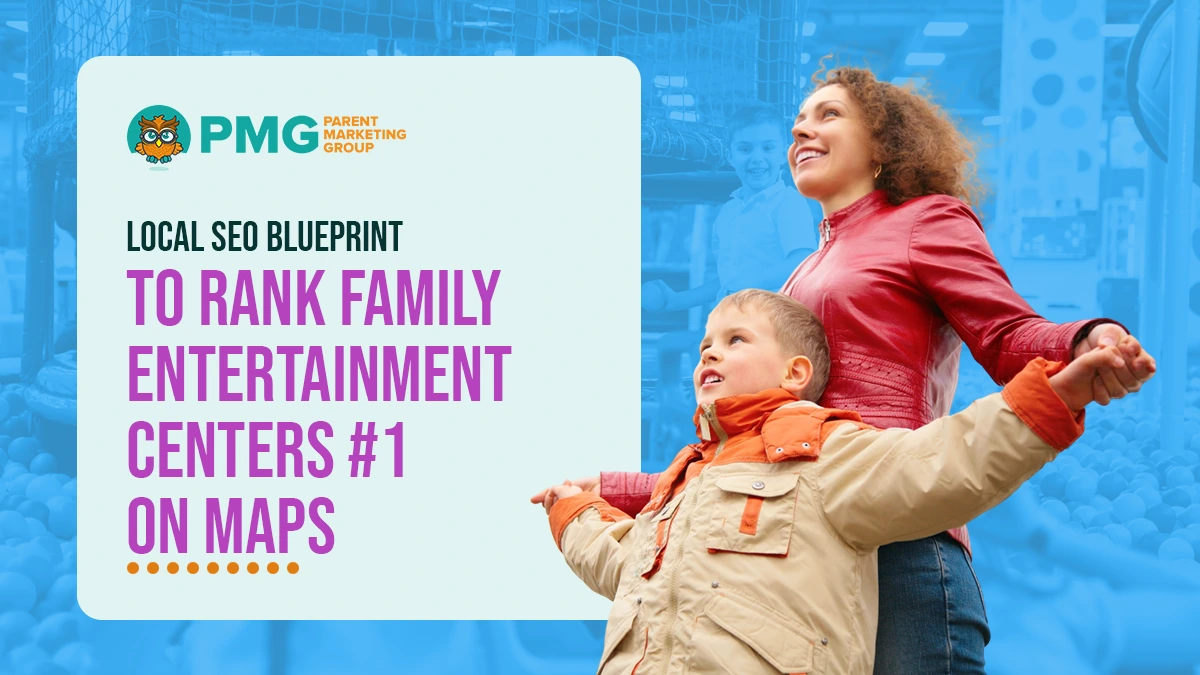
Local SEO for family entertainment centers requires disciplined work on the Google Business Profile, on-site content, and trust signals influencing map rankings. Start by completing every GBP field, selecting accurate categories, and adding high-quality photos that reflect current attractions and party spaces. Build location pages with unique copy, hours, pricing ranges, and clear calls to book.
Strengthen NAP consistency across major directories and remove duplicates. Earn local links from schools, youth organizations, and community partners, and publish event recaps to reinforce relevance. Implement review workflows that request detailed feedback after visits. Track impressions, calls, direction requests, and bookings to guide ongoing improvements.
Map Pack Ranking Strategies for Family Entertainment Centers 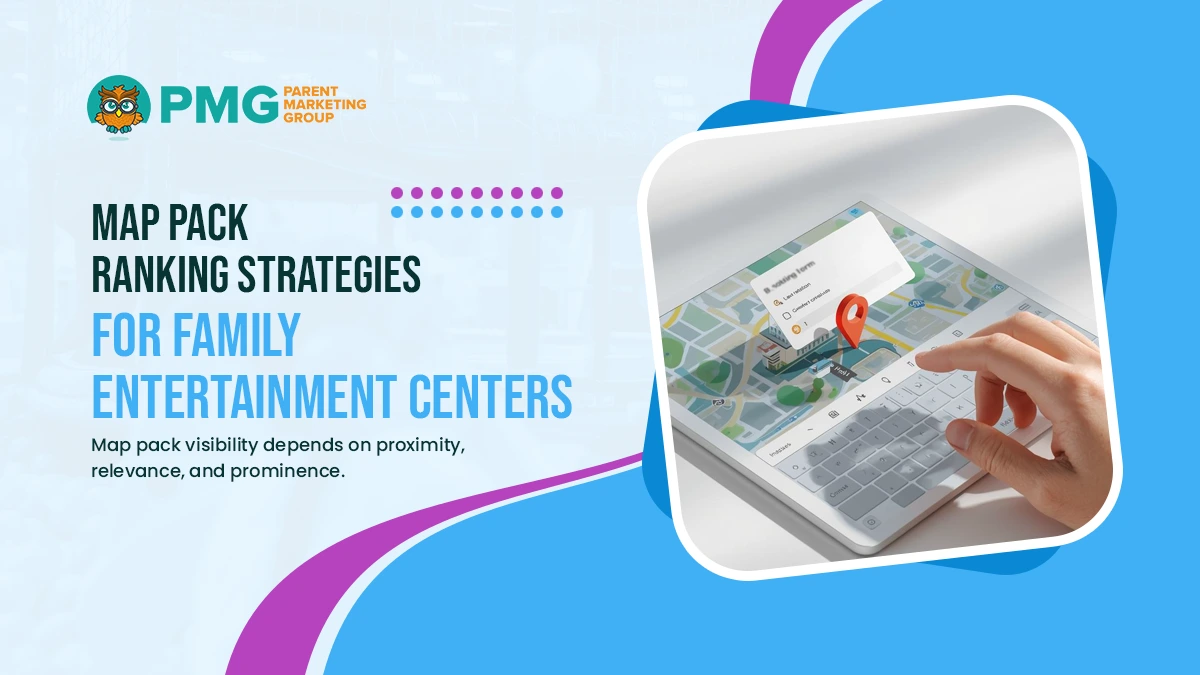
Map pack visibility depends on proximity, relevance, and prominence. Strengthen each pillar with accurate data, strong engagement signals, and a consistent stream of local content that proves your center is active and trusted.
Proximity and Relevance
Select the most accurate primary category, such as Amusement Center or Indoor Playground, and add secondary categories that reflect party rooms, arcade, or mini golf. Write a concise business description with local terms, age ranges, and core attractions.
Complete every attribute, including accessibility, payment types, and amenities. Build service areas that reflect true reach without stretching beyond realistic drive times.
Prominence and Social Proof
Earn reviews that mention specific offerings, staff names, and neighborhoods. Reply to every review with helpful details. Publish photos that show current attractions, birthday setups, and safety practices. Post weekly updates for events, weekday value times, and seasonal offers. Secure local links from schools, youth sports clubs, parent groups, and municipal sites to increase authority.
Engagement and Behavior Signals
Encourage actions that Google can measure. Use call, directions, and website buttons prominently on your site and in emails. Add UTM parameters to Google Business Profile links to track conversions. Improve the first click after users land by matching your GBP information with the page hero, package cards, and booking buttons. Fast mobile load time and clear next steps raise conversion and reduce pogo sticking.
Data Quality and Consistency
Keep NAP consistent across GBP, your website, and top directories. Remove duplicate listings and fix pin placement. Maintain accurate hours, special holiday schedules, and temporary closures. Ensure your primary phone number routes to a staffed line and supports call tracking. Align menu links and product entries in GBP with the current landing pages.
Local Content and Event Signals
Publish short recaps with photos for school fundraisers, team celebrations, and community nights. Add structured data for LocalBusiness and product or event items. Feature neighborhood names in captions and alt text where appropriate. These signals help Google connect your brand to real activity in the area and strengthen map pack eligibility.
Optimize Google Profile Family Venues for Maximum Visibility
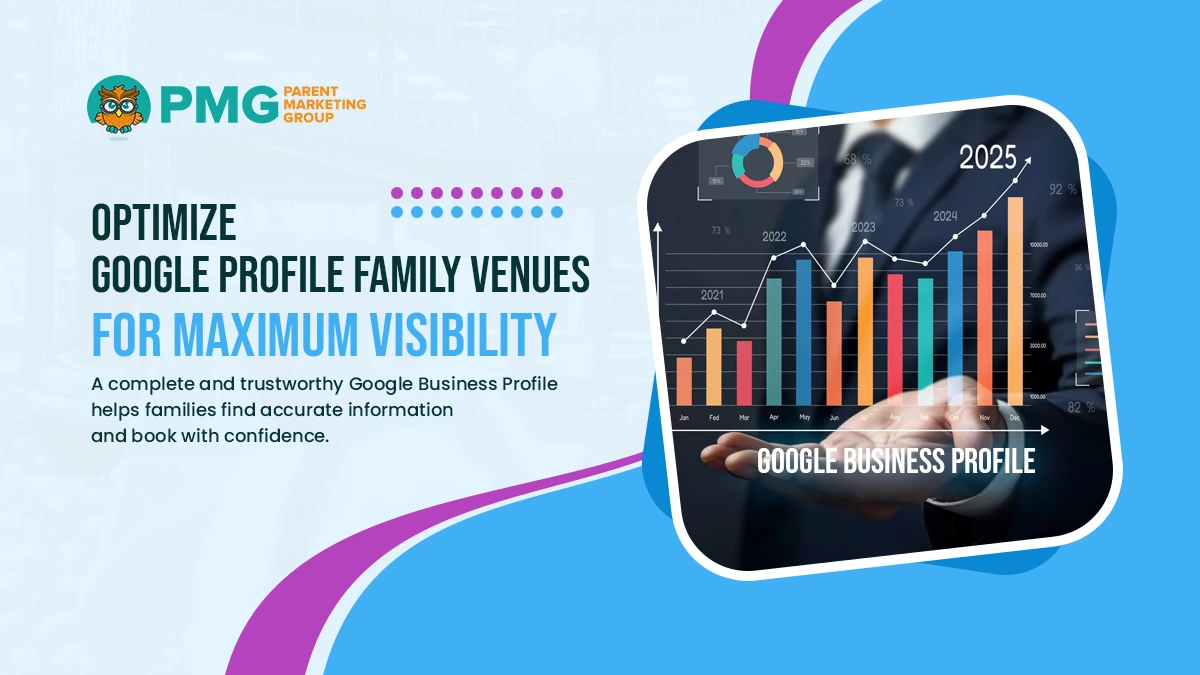
A complete and trustworthy Google Business Profile helps families find accurate information and book with confidence. Focus on precise categories, clear offerings, high-quality visuals, and paths to conversion that work on mobile.
Categories, Attributes, and Core Details
Choose the most accurate primary category, such as Amusement Center or Indoor Playground, then add secondary categories that reflect key attractions like Trampoline Park, Mini Golf, or Arcade. Write a concise description that includes age ranges, party rooms, and on-site amenities.
Complete attributes for accessibility, parking, payment types, and safety information. Verify hours for weekdays, weekends, and holidays, and add special hours for school breaks to match local demand.
Photos, Videos, and Visual Proof
Upload recent images that show staffed safety briefings, clean play areas, birthday setups, and group celebrations. Include short clips of check-in flow and party rooms. Refresh visuals monthly so searchers see current attractions and seasonal decor. Prioritize a balanced gallery:
- Exterior, entry, and parking
- Staffed safety briefing and gear
- Party rooms and decorated tables
- Popular attractions and group smiles
Services, Products, and Booking Paths
Use Products or Services to list party packages, walk-in sessions, and group rates with price ranges and inclusions. Link each item to a matching landing page with live availability. Add a Book button that points to the correct scheduling system. Keep menu links accurate for rules, waivers, and FAQs, and remove any outdated items to prevent confusion.
Reviews, Q&A, and Messaging
Request reviews after visits and ask parents to mention the package, staff names, and the event type. Respond to every review with helpful detail and an invitation to return. Seed the Q&A with questions about age limits, socks, supervision, and food policies. Answer from the business account. If your team can respond promptly, enable messaging during open hours. Suggested prompt in receipts and follow-ups:
- “How did our staff help your group today?”
- “Which package did you book, and would you recommend it?”
Tracking, Governance, and Consistency
Append UTM parameters to website and booking links to measure calls, direction requests, and conversions from the profile. Ensure NAP consistency across the website and major directories.
Remove duplicates, fix map pin placement, and confirm the primary phone routes to a staffed line with call tracking. Review Insights monthly to shift photos, posts, and featured products toward items that drive the most clicks and bookings.
Geo-Targeted SEO Family Attractions To Capture Local Demand

Geo-targeted SEO connects your venue with nearby families when they plan an outing or party. Concentrate on neighborhood intent, service areas, and proof of local relevance that search engines can verify.
Neighborhood-Intent Keywords and Clusters
Build keyword sets that reflect real searches in your city. Group by intent and location so the copy aligns with how parents plan. Examples: “birthday party venues in Midtown,” “indoor activities near Central High,” “family attractions Southside,” and “walk-in play downtown.” Use priority phrases in titles, H1s, meta descriptions, and the first 100 words.
Location Pages That Match Real Service Areas
Publish a distinct page for each city or district. Include hours, price ranges, age and height guidelines, parking notes, and a clear path to book. Reference nearby schools, parks, and intersections to improve relevance. Add a simple service area list so travel time feels obvious:
- Primary city plus adjacent suburbs
- Landmark cues such as 5 minutes from Central Park or 10 minutes from River Mall
On-Page Local Signals and Technical Basics
Reinforce geography with consistent elements across pages.
Checklist:
- Embed a Google Map with a precise pin and entry point
- Add LocalBusiness schema with NAP, hours, geo coordinates, and sameAs links
- Use the FAQ schema for rules, waivers, and party policies
- Compress images and use descriptive filenames and alt text with neighborhood references
- Keep mobile performance strong with lean scripts and fast servers
Community Content and Local Links
Publish short recaps of school fundraisers, scout nights, and youth team celebrations. Thank participating groups and provide links to their sites. Offer a downloadable flyer for PTOs and clubs. Seek listings from city guides, parent blogs, chambers, and park district pages. These citations and stories signal prominence and active community presence.
Measurement, Iteration, and Governance
Tag Google Business Profile links with UTMs. Track impressions, calls, direction requests, bookings, and revenue by location page. Review search queries for new neighborhoods, then expand headings and copy to include those terms.
Audit NAP consistency quarterly, remove duplicates, and verify holiday hours. Update photos seasonally and refresh event recaps so content remains current. Continuous tuning preserves local relevance and strengthens map visibility.
Build Location Pages and Defined Service Areas With Unique Content
Effective location pages help families understand where you operate, what you offer, and how to book. Each page should read as a standalone guide for nearby visitors.
Page Purpose and Structure
Open with a concise summary that names the city, core attractions, and booking path. Follow a consistent structure that supports quick decisions.
Recommended sections:
- Overview with city name and primary offerings
- Hours, pricing ranges, age, and height guidelines
- Packages and group options with links to reserve
- Directions, parking, and nearby landmarks
- FAQs and contact options
Unique Local Content
Write copy that reflects the city and neighborhoods you serve. Reference nearby schools, parks, and family hotspots. Add short callouts for seasonal notes, such as school breaks or local festivals. Include two to three captions that mention recognizable intersections or transit stops. Replace generic photos with images from the actual venue and party spaces.
Defined Service Areas
Set clear expectations about reach and travel time. Present a scannable list that aligns with real demand.
Service area example:
- Primary city and adjacent suburbs
- Key neighborhoods and school districts
- Drive-time notes, such as 10 minutes from Midtown or 6 minutes from Northview High
- Place this list near the top and repeat a shorter version near the booking buttons.
Conversion Elements and UX
Make booking easy on mobile. Use a visible reserve button above the fold. Display live availability or a calendar link. Provide one-click access to waivers and rules. Include trust markers near pricing, such as safety certifications, refund or reschedule policy, and recent review snippets. Keep forms brief and support wallet payments.
Technical and On-Page SEO
Use a unique title tag, H1, and meta description that include the city. Add LocalBusiness schema with NAP, hours, and geo coordinates. Embed a Google Map with a precise pin and entry details. Optimize images with expressive filenames and alt text that include neighborhood references. Internal links are provided from the homepage, Google Business Profile menu, and related blog posts.
Measurement and Maintenance
Tag profile links with UTMs. Track impressions, calls, direction requests, bookings, and revenue per page. Review search queries to add new neighborhood terms. Update hours, photos, and service area lists quarterly so pages stay current and continue to rank.
Conclusion
A disciplined local SEO program helps family entertainment centers appear when nearby families search and are ready to book. Complete Google profiles, unique location pages, accurate citations, and consistent reviews strengthen proximity, relevance, and prominence. Geo-targeted keywords, structured data, and community links align your brand with real local activity. Clear booking paths and mobile performance convert map visibility into visits, parties, and group events. Ongoing measurement, content refreshes, and photo updates stabilize rankings through seasonal shifts.
Ready to build a local SEO plan tailored to your venues and service areas. Call (716) 303-4133 or contact the team at https://parentmarketing.com/contact-us.

